The nomadic Hun warriors, believed to have come from Asia, were notorious for raiding and pillaging, wreaking terror on people in Europe during the 4th and 5th centuries. Photo: SPCOLLECTION via Alamy Stock Photo.
At the same time, the Xiongnu warriors helped hasten the fall of the Western Roman Empire. They were expert horsemen, known for their ferocity in battle and ruthlessness towards their enemies. Photo: The Print Collector via Alamy Stock Photo.
Under the brilliant leadership of the Xiongnu chanyu Attila (406 - 453), the empire spanned a vast area that included what is now Russia, Hungary and other parts of Europe, including Germany and France. Photo: mikroman6 via Getty Images.
Attila's army was so powerful that both the Western and Eastern Roman Empires had to pay tribute in gold, silver, and jewels to prevent the Xiongnu warriors from attacking and pillaging the provinces. Photo: Classic Image via Alamy Stock Photo.
However, the empire built by the Xiongnu did not last long. The reason was that after Attila's death, the Xiongnu were divided and ruled by his three sons. These sons "fought" for power and territory, causing the empire to decline. Photo: North Wind Picture Archives via Alamy Stock Photo.
A study published in the journal Nature in 2018 found that genetically, the Xiongnu were a mix of East Asian and West Eurasian peoples. Photo: Heritage Image Partnership Ltd via Alamy Stock Photo.
According to this study, the Xiongnu were a heterogeneous mixture of various East Asian groups and as they moved west they interbred with West Eurasian peoples, such as the Scythians. Photo: Classic Image via Alamy Stock Photo.
In a study published in the journal PNAS in 2025, experts said the Xiongnu had complex origins, although they confirmed that a small number had Mongol connections. The study also found that most Xiongnu were of Northeast Asian origin. Photo: North Wind Picture Archives via Alamy Stock Photo.
The majority of the Xiongnu had no permanent home, lived a nomadic lifestyle, and were skilled at using horses in both combat and daily life. Photo: North Wind Picture Archives/Alamy Stock Photo.
Only a small portion of the Xiongnu population turned to a sedentary and agricultural lifestyle. Accordingly, in addition to a diet mainly of milk, meat and millet, they learned to grow wheat, vegetables and raise animals for meat. Photo: WikiCommons.
Source: https://khoahocdoisong.vn/toc-chien-binh-du-muc-tung-khien-de-che-la-ma-sup-do-post1554646.html


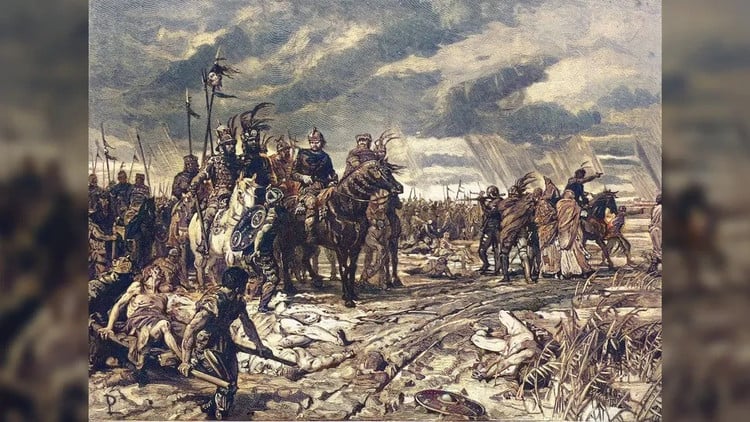
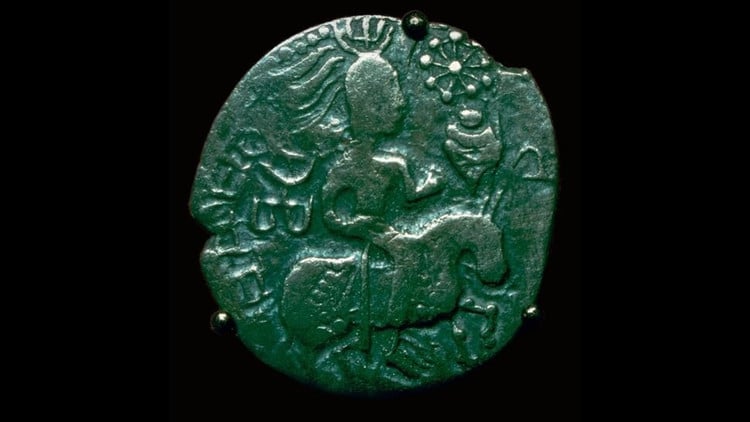
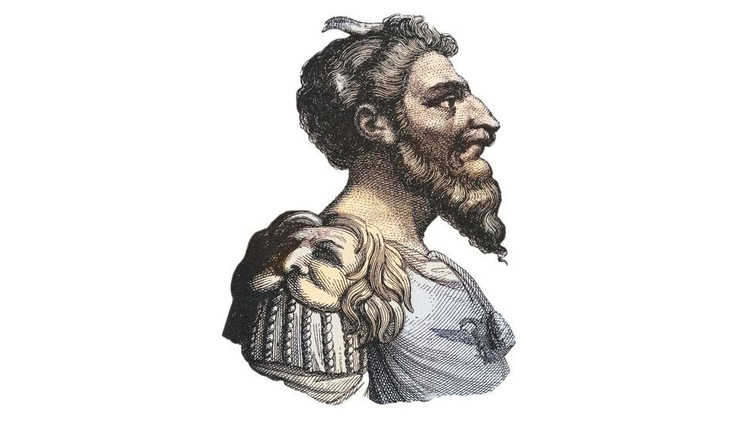
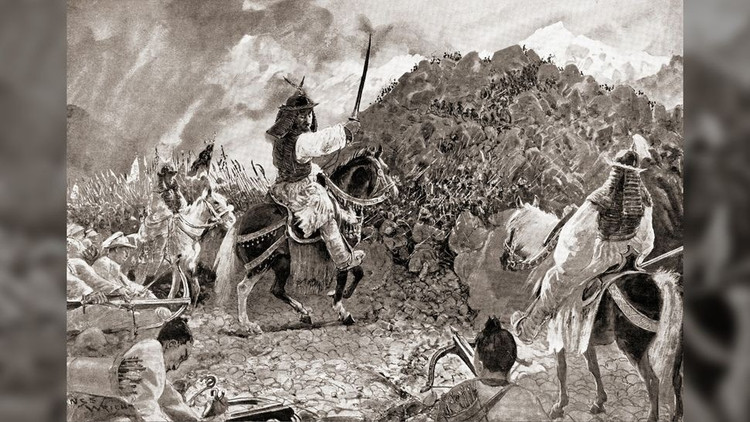
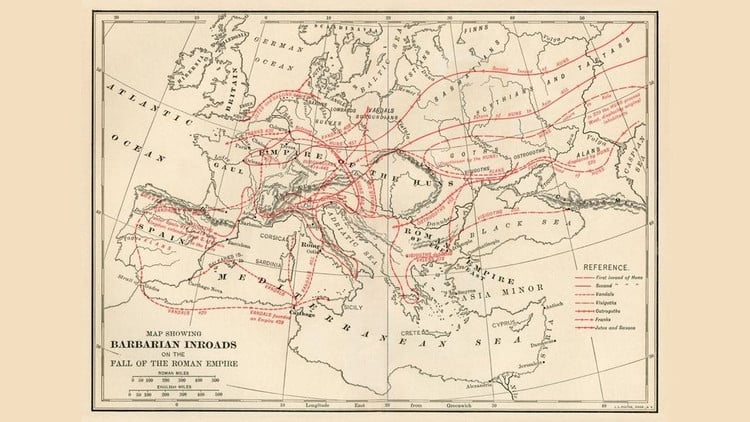
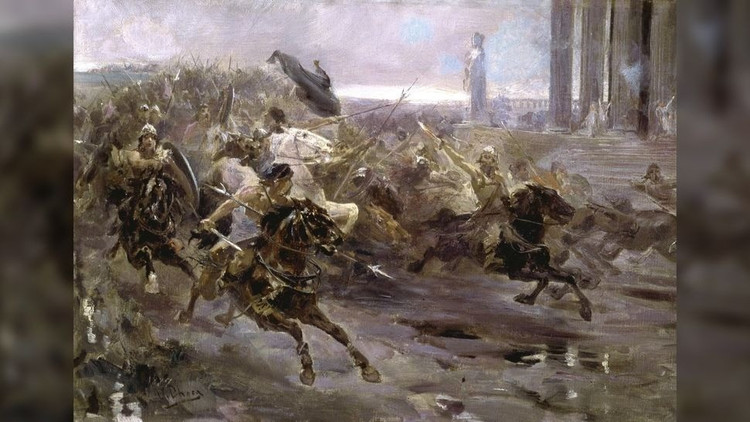
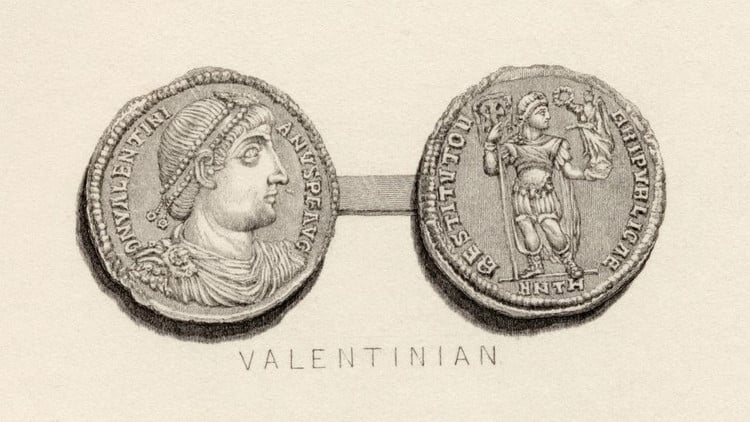
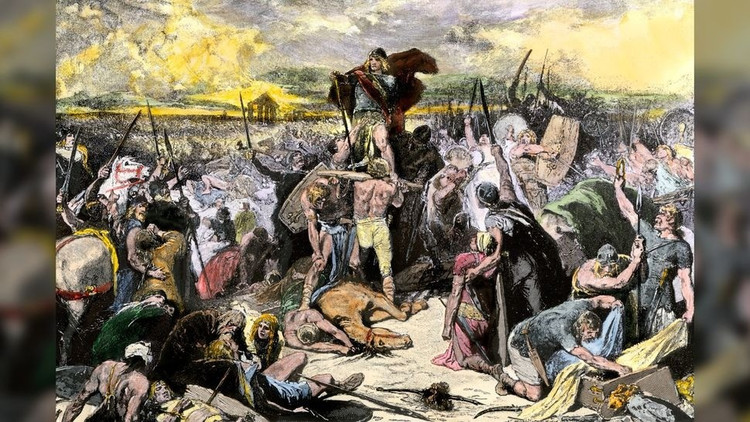
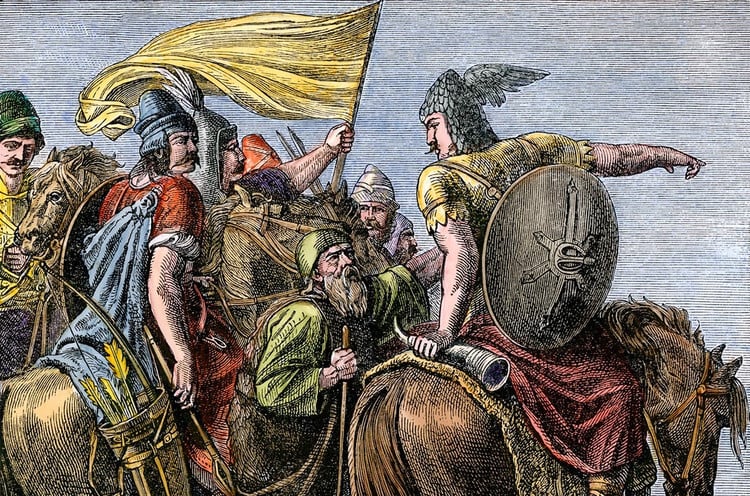
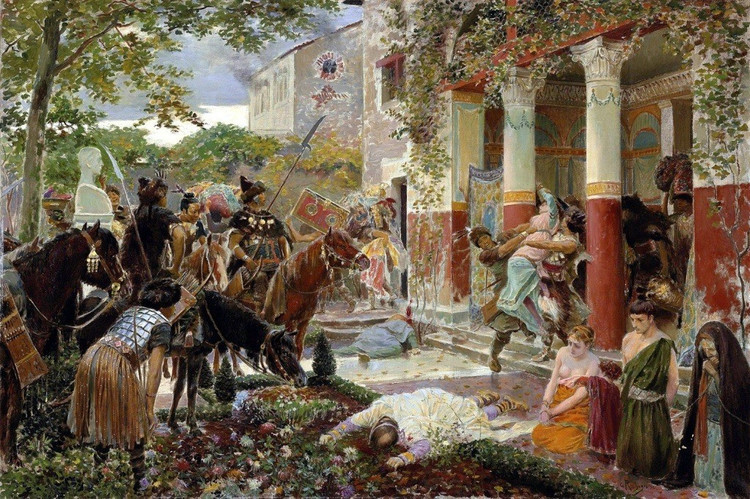



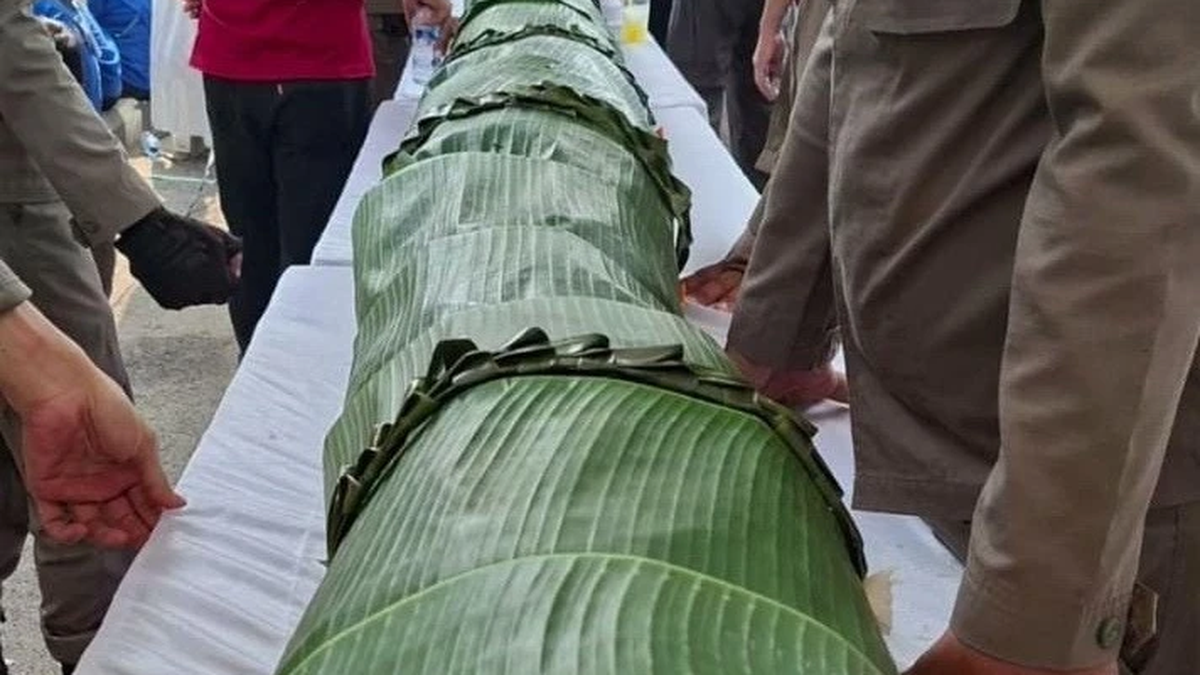

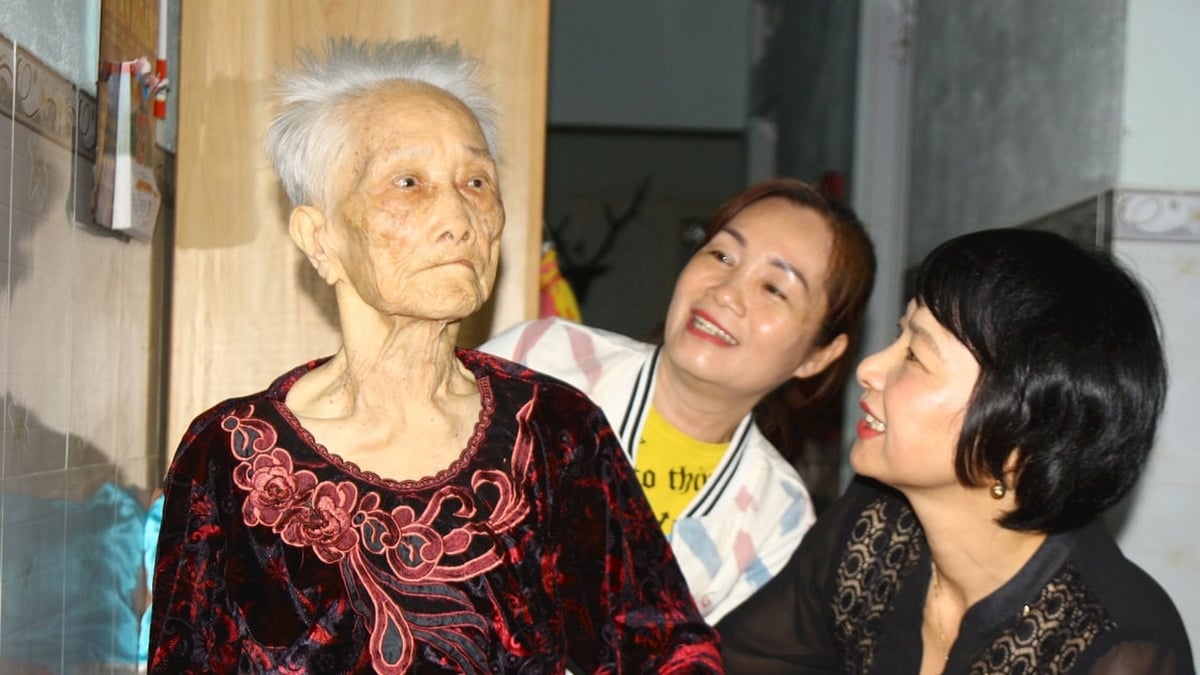



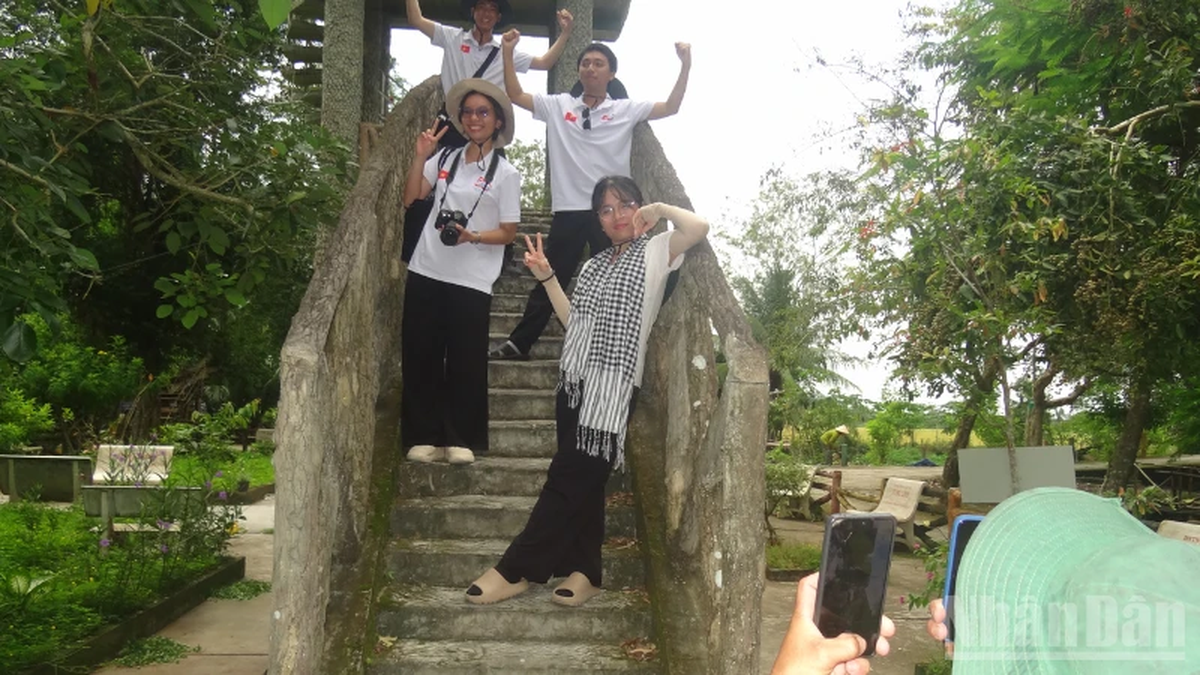







































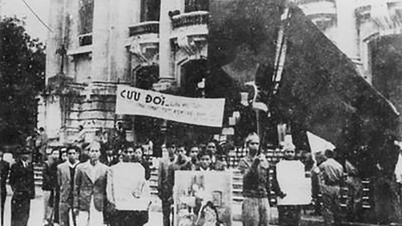















































Comment (0)